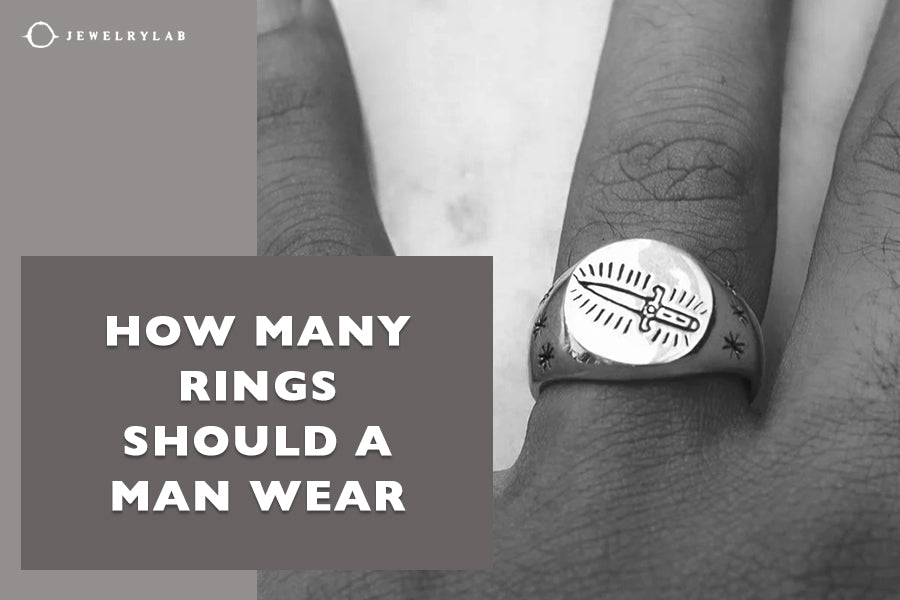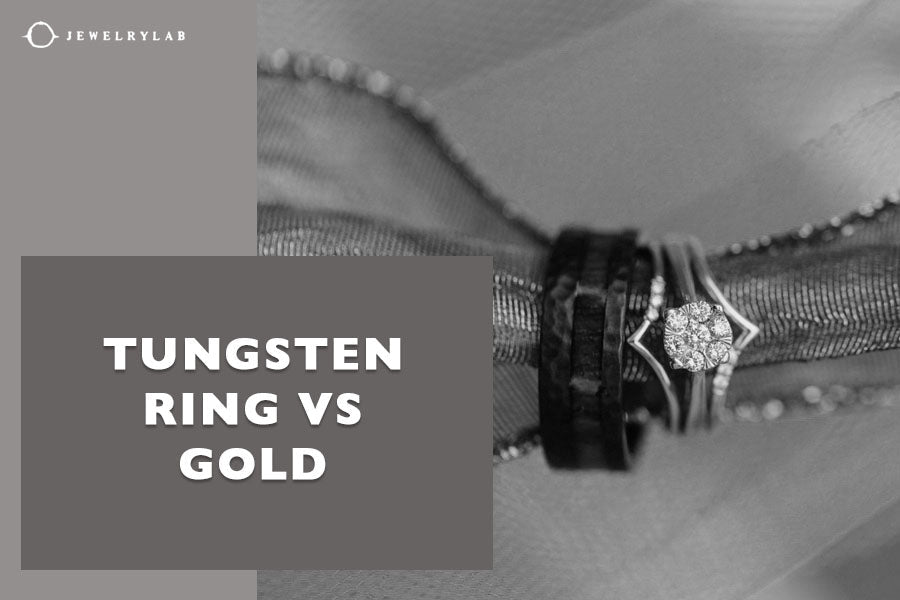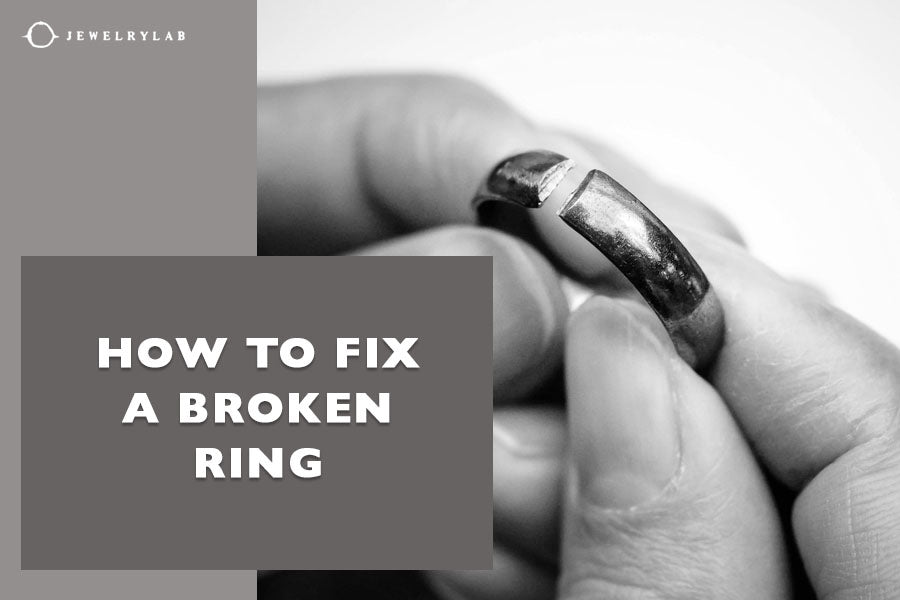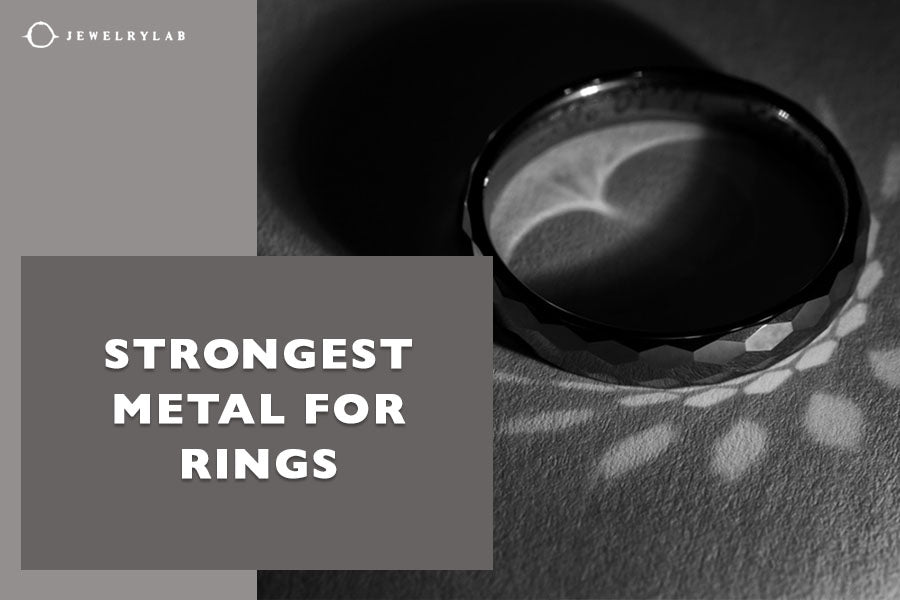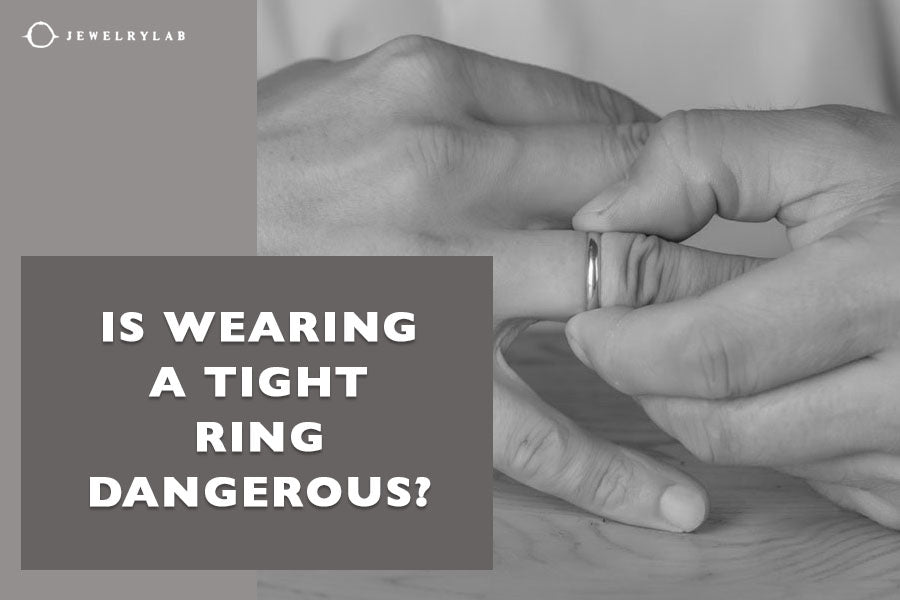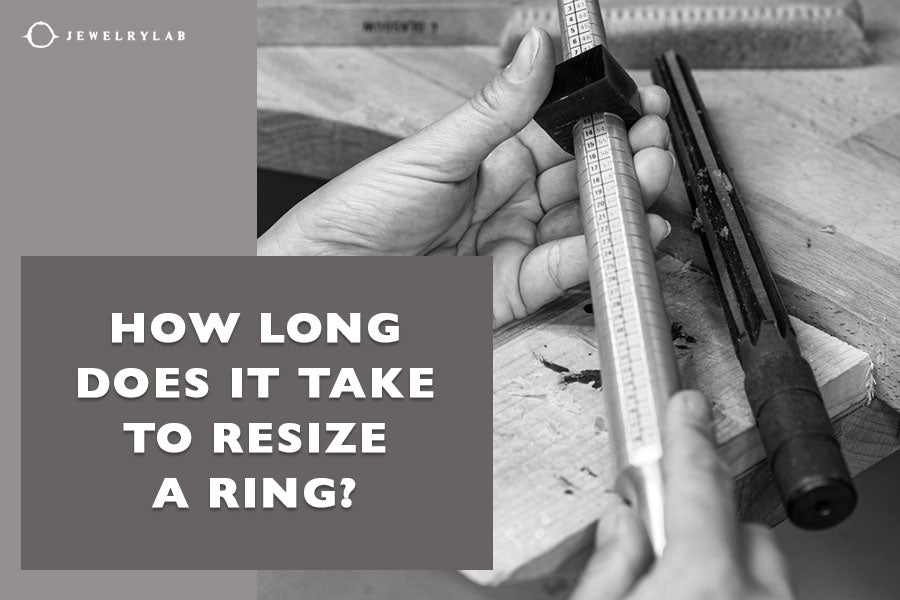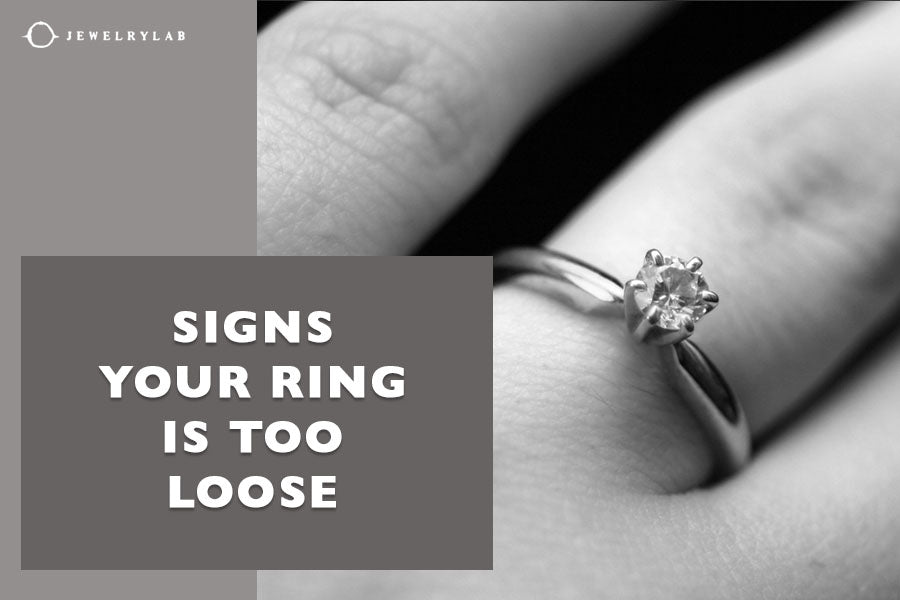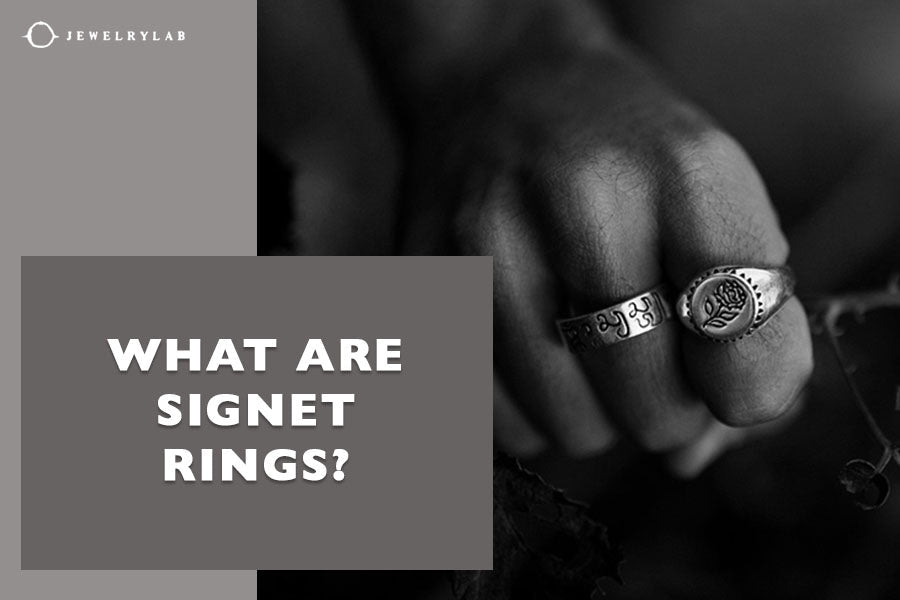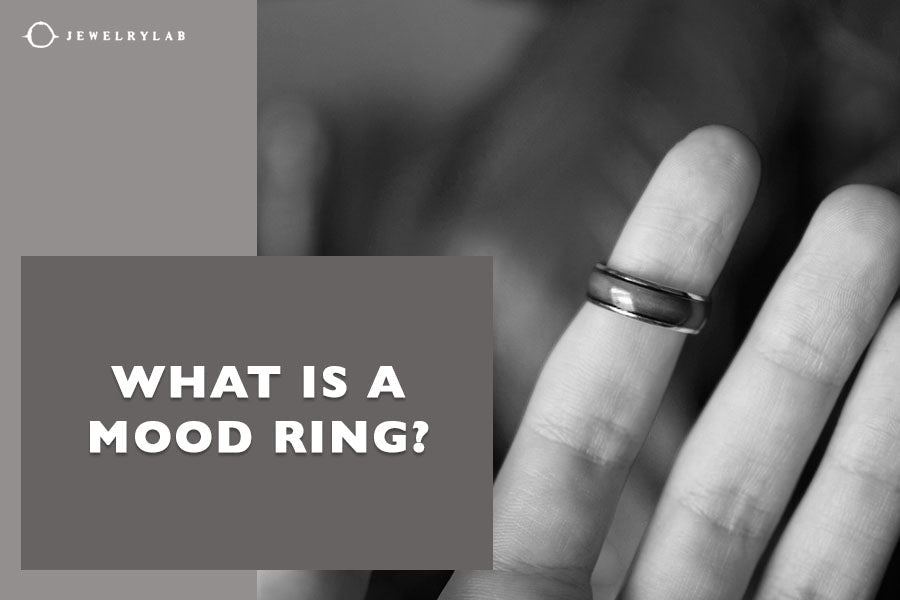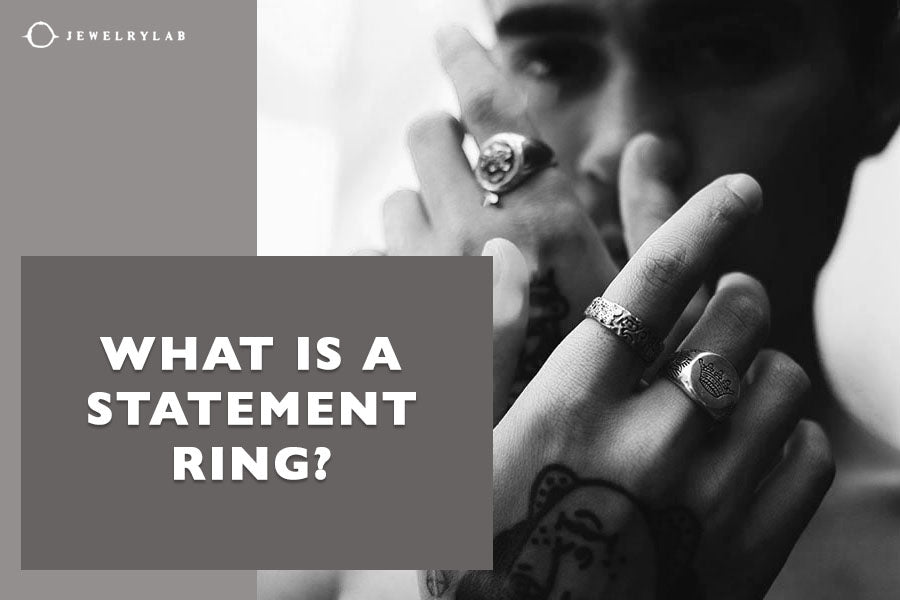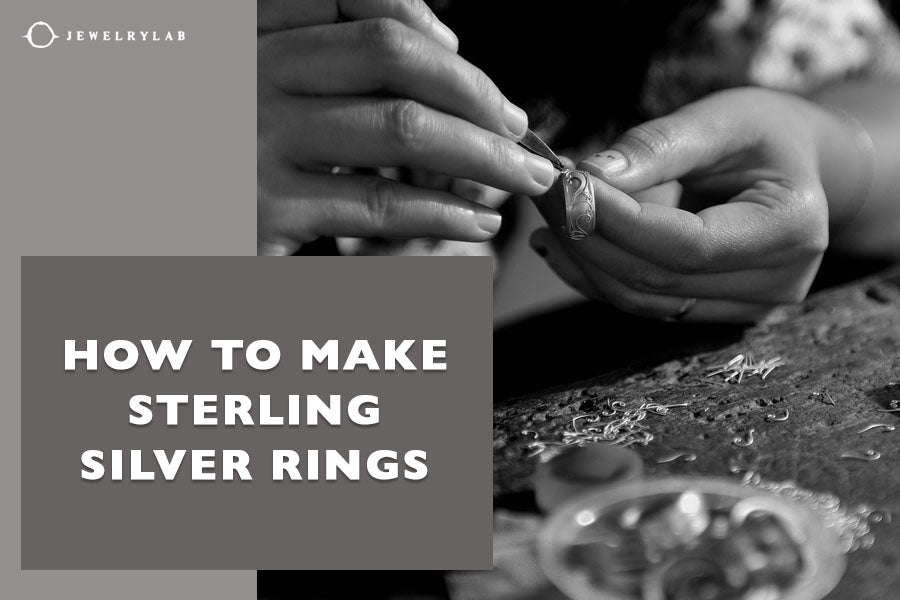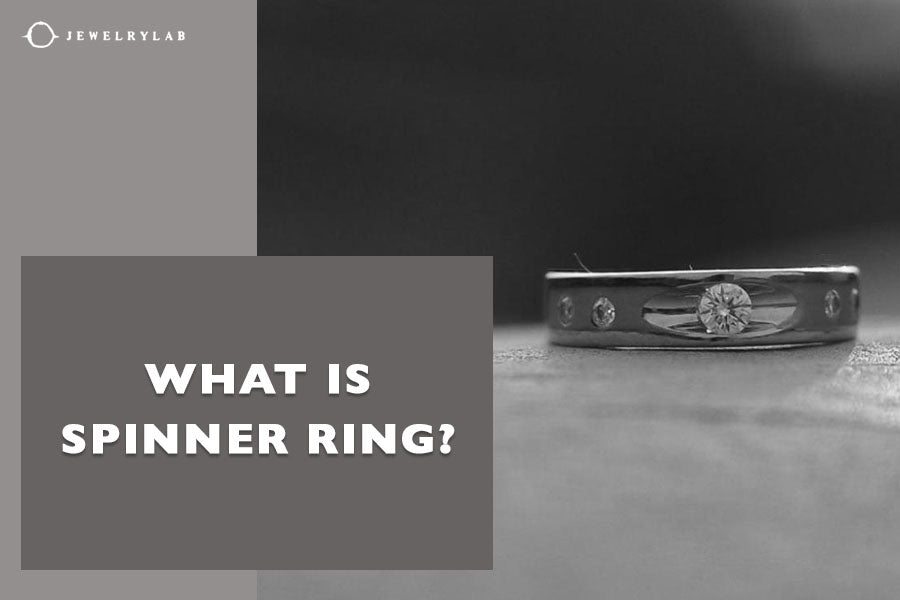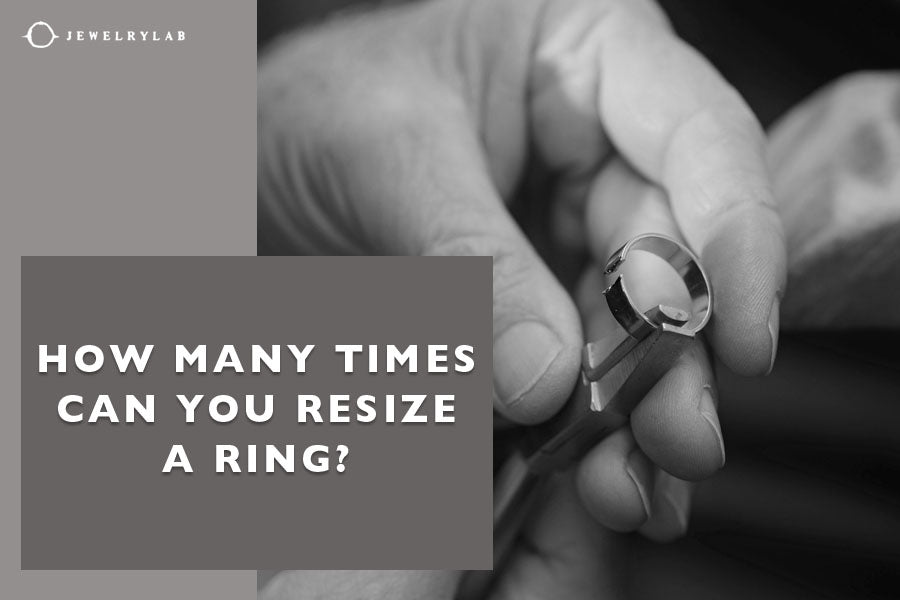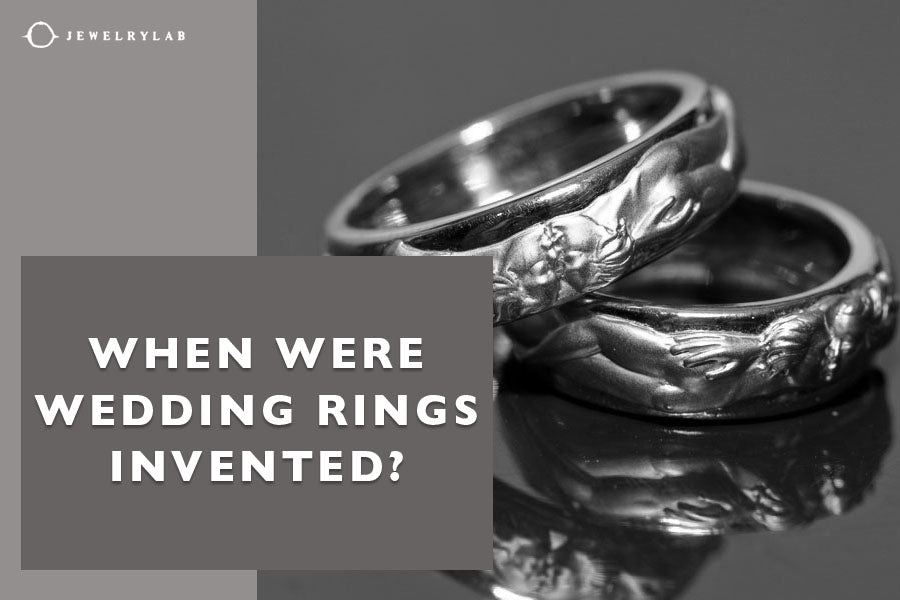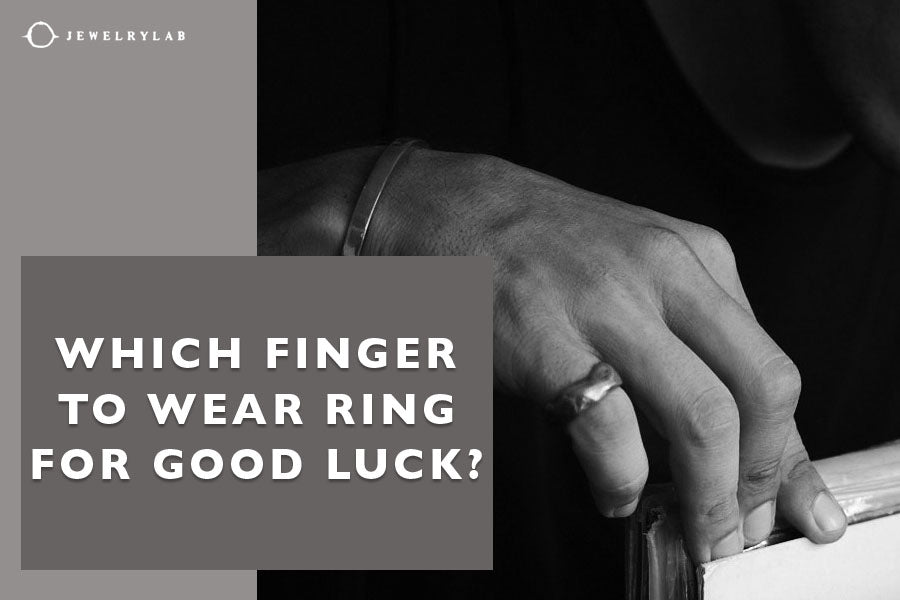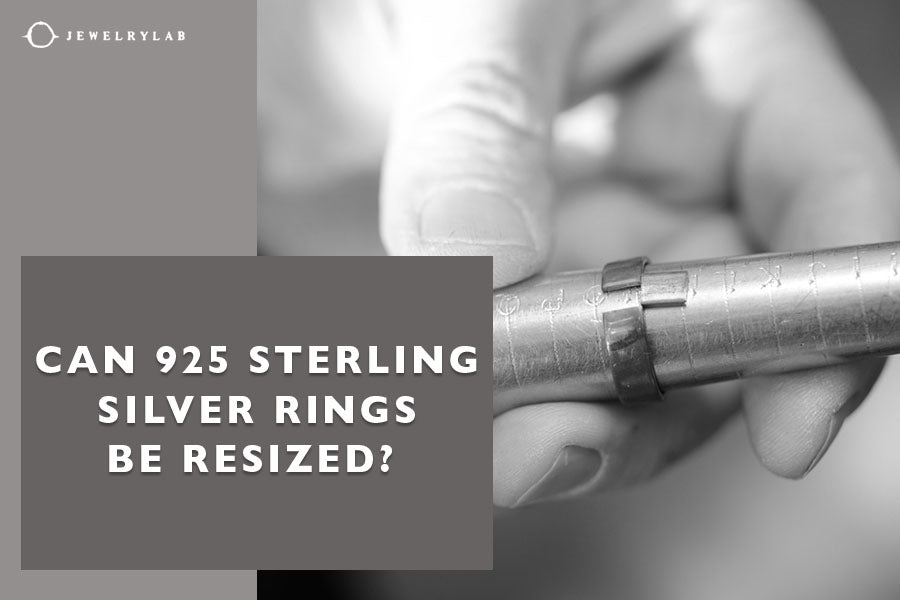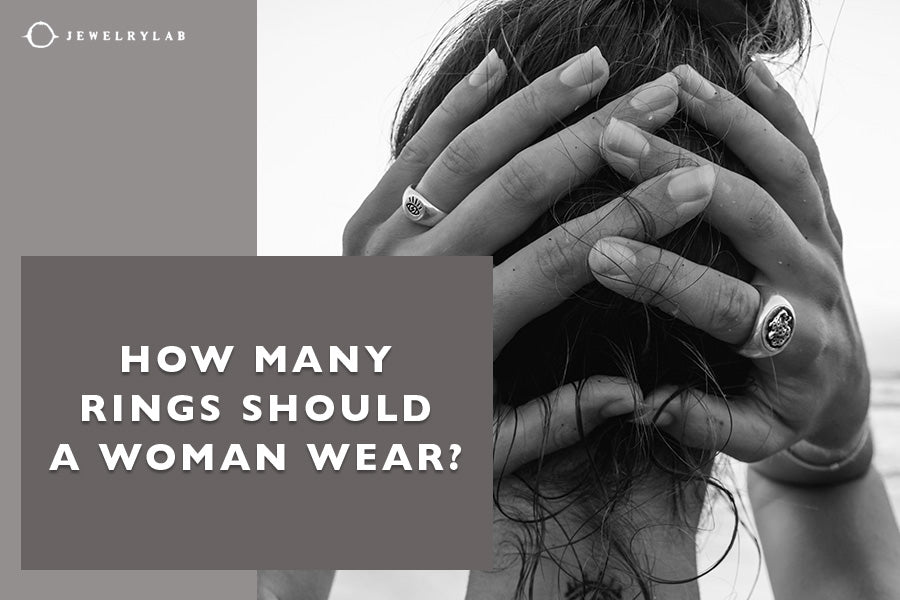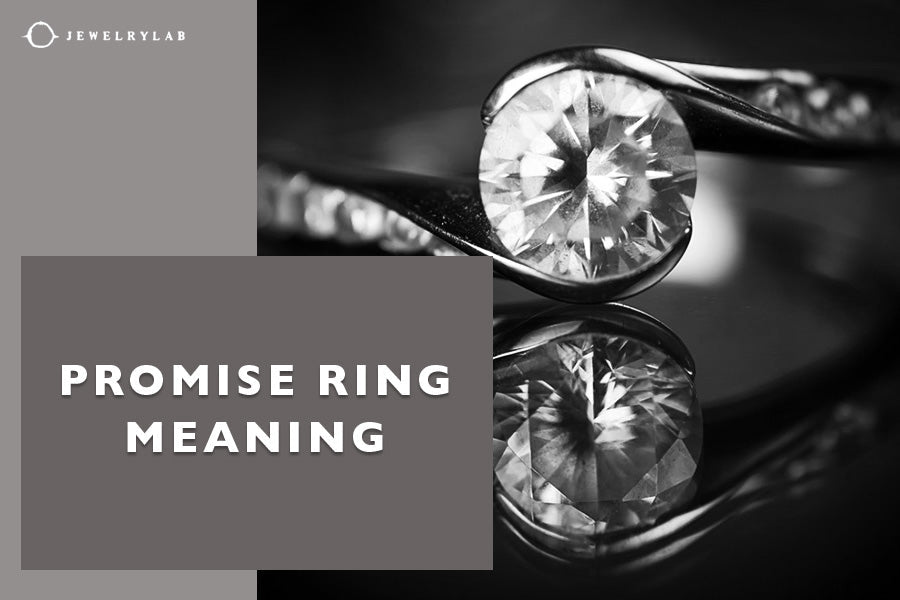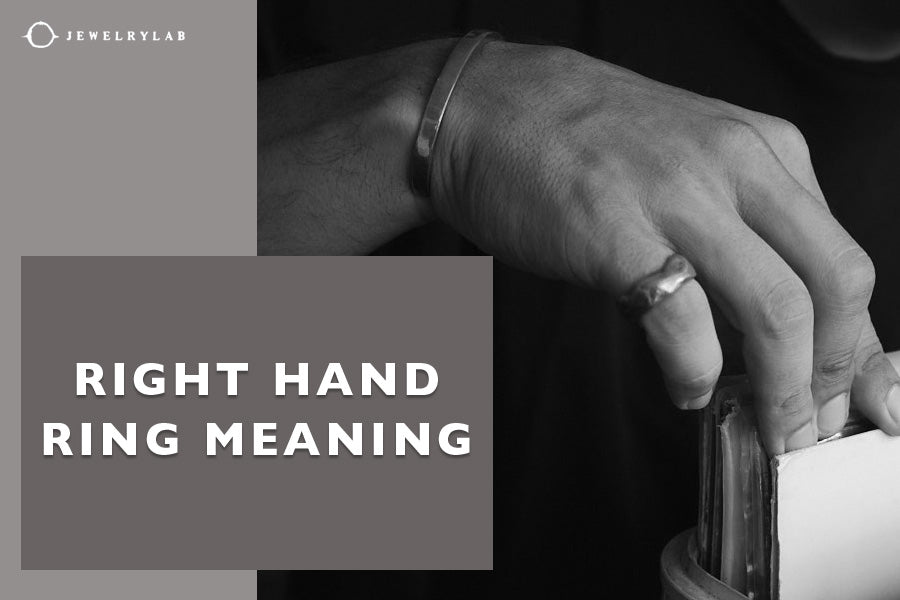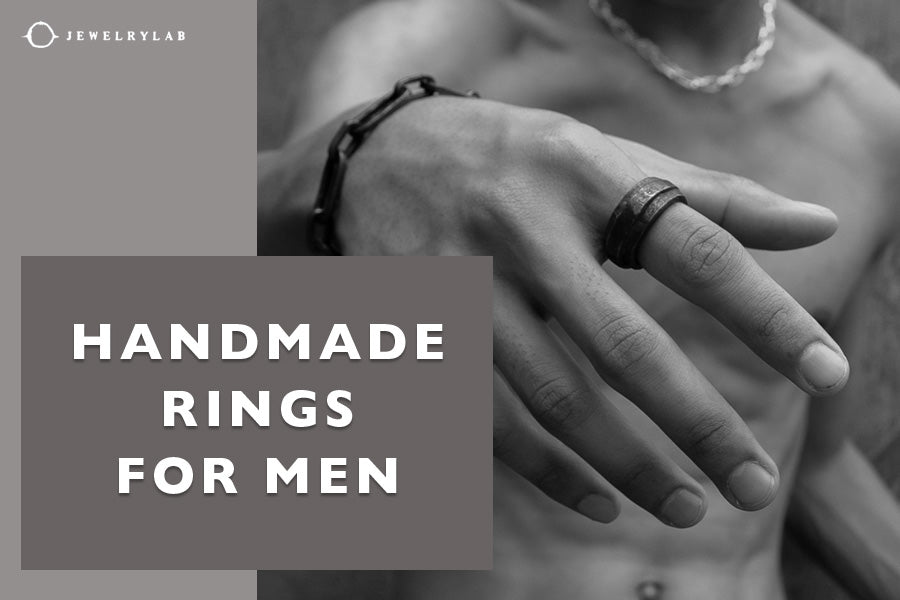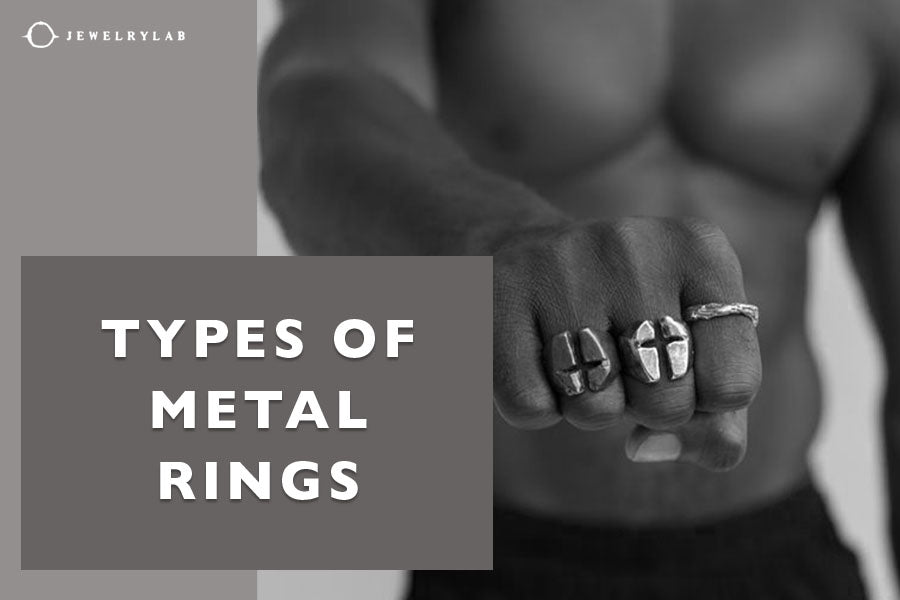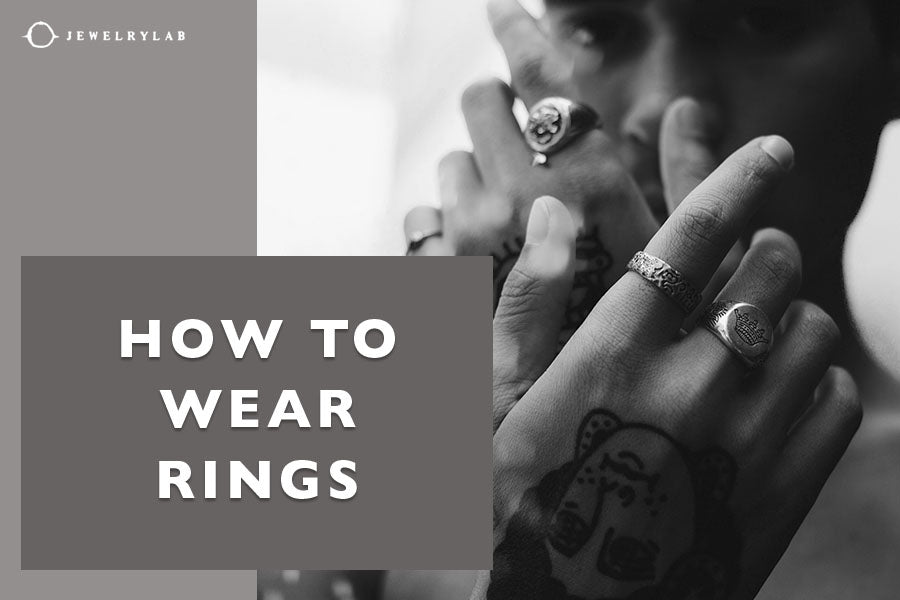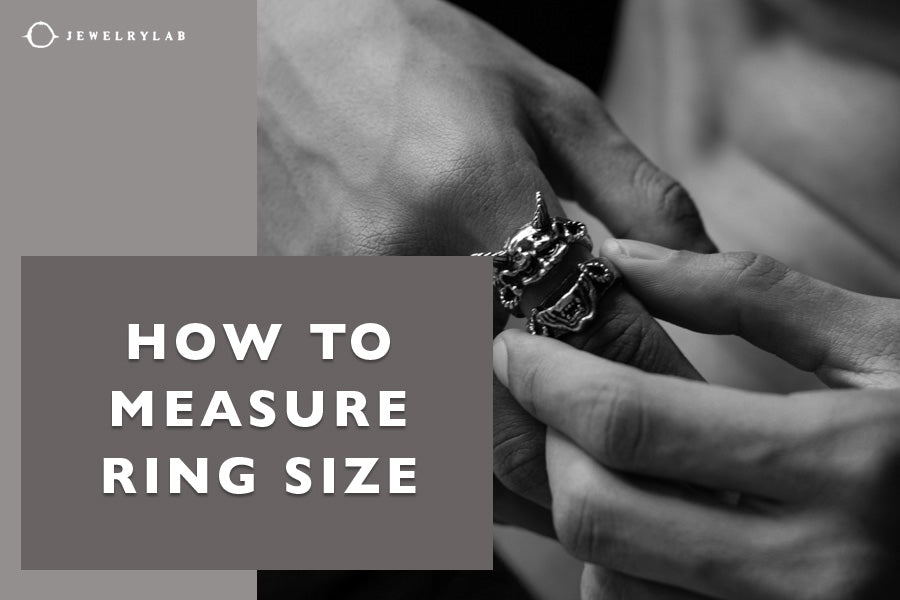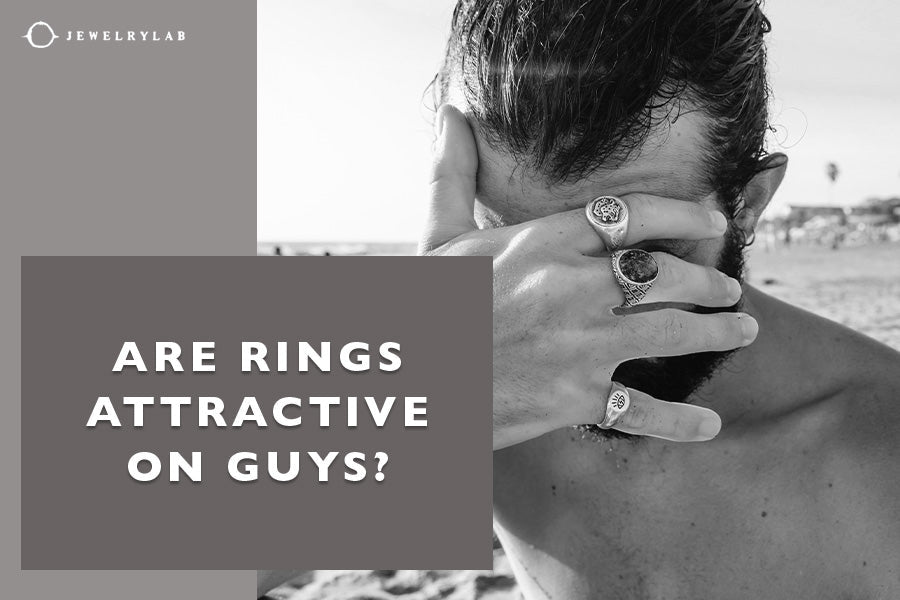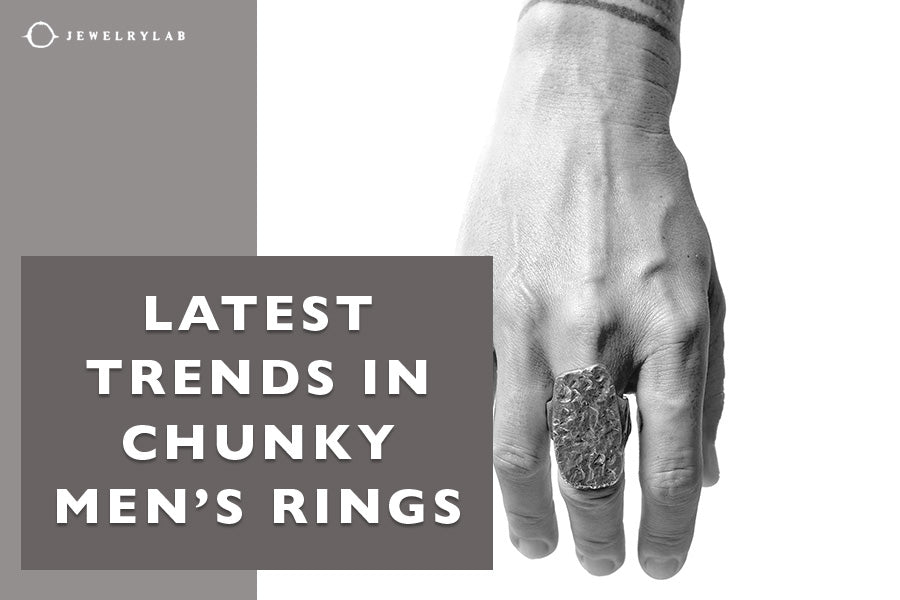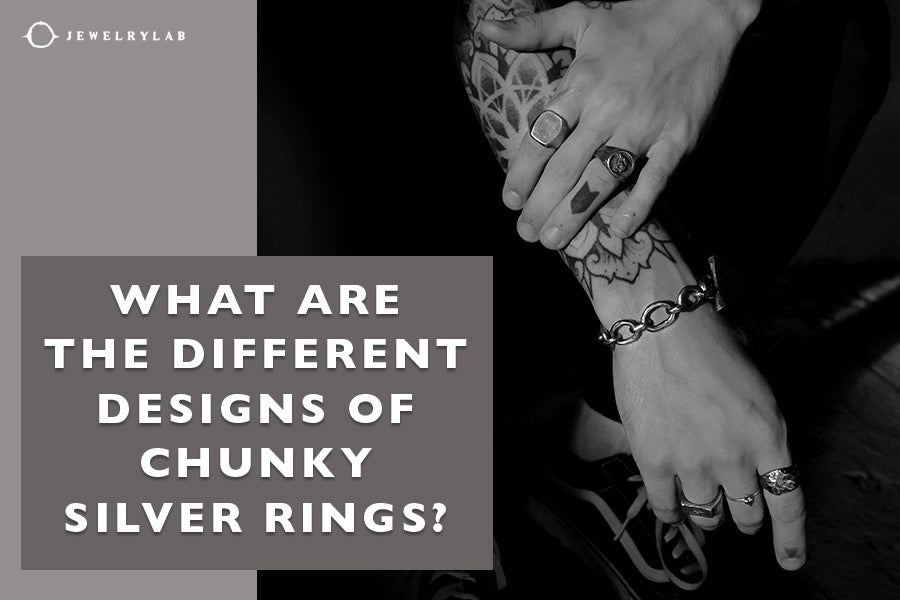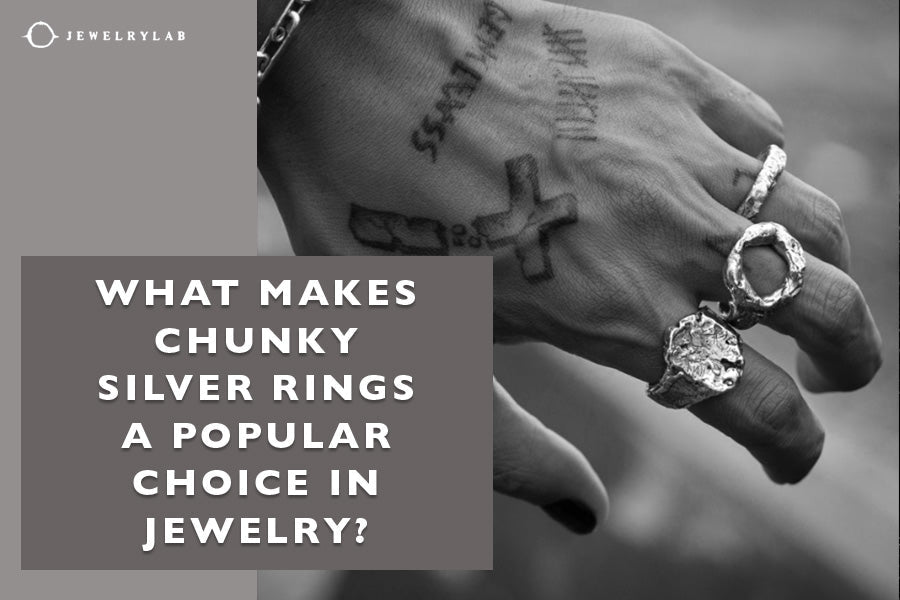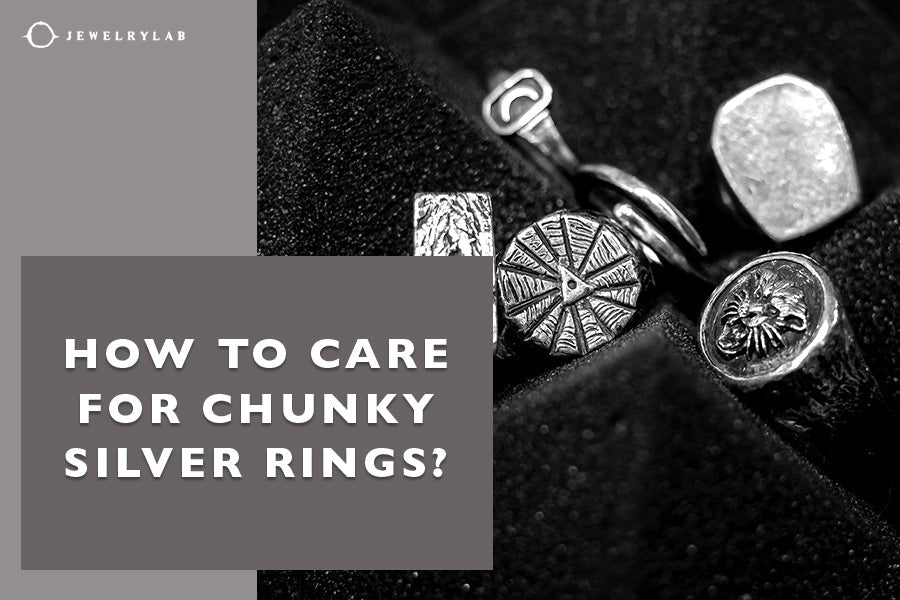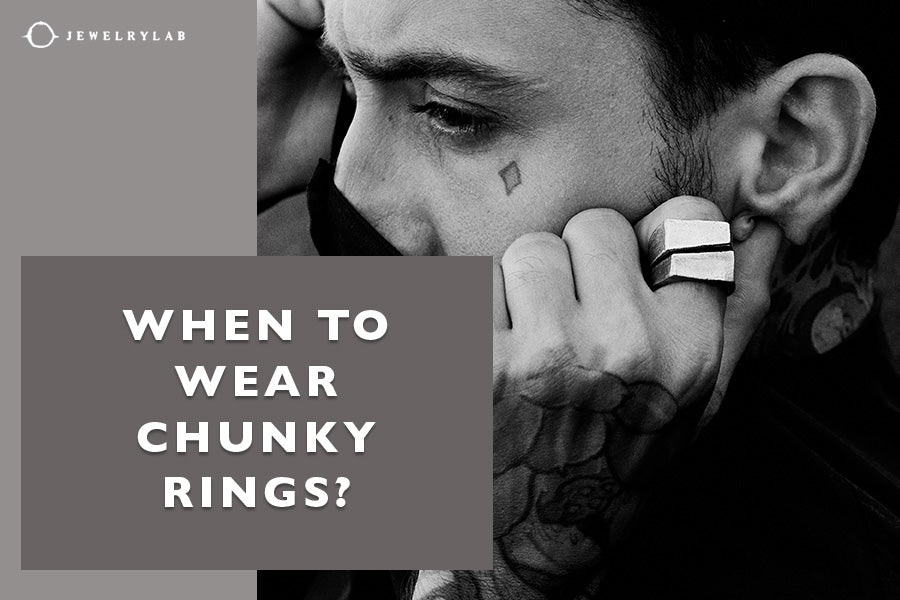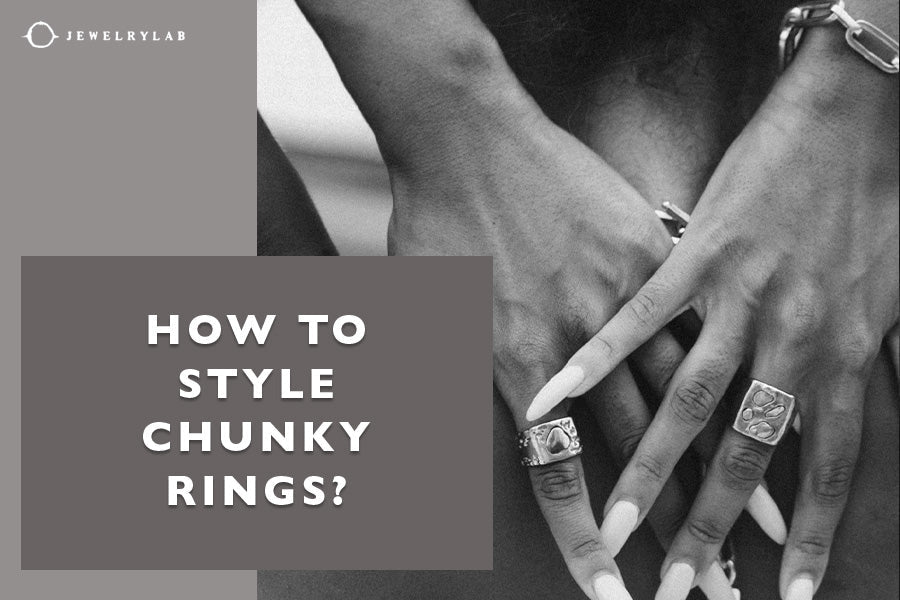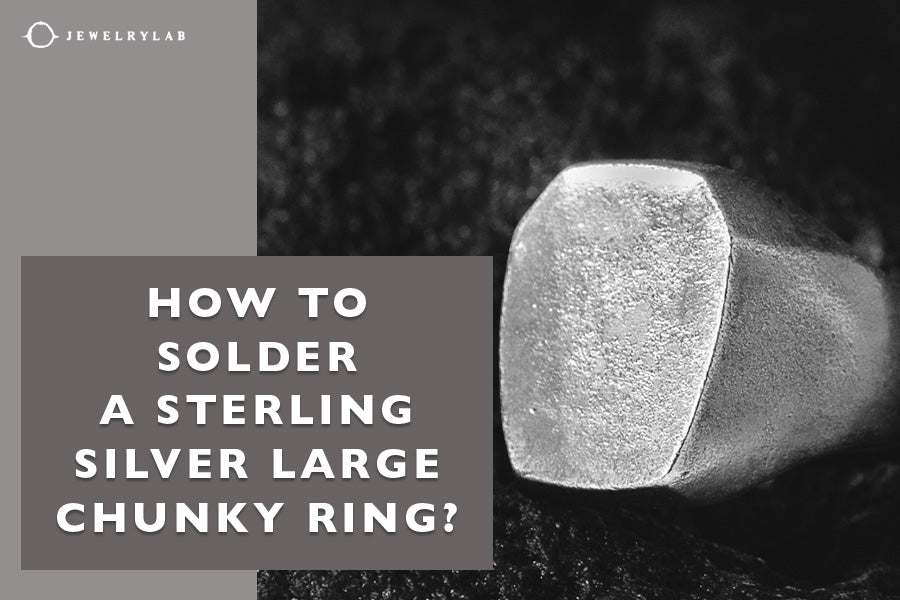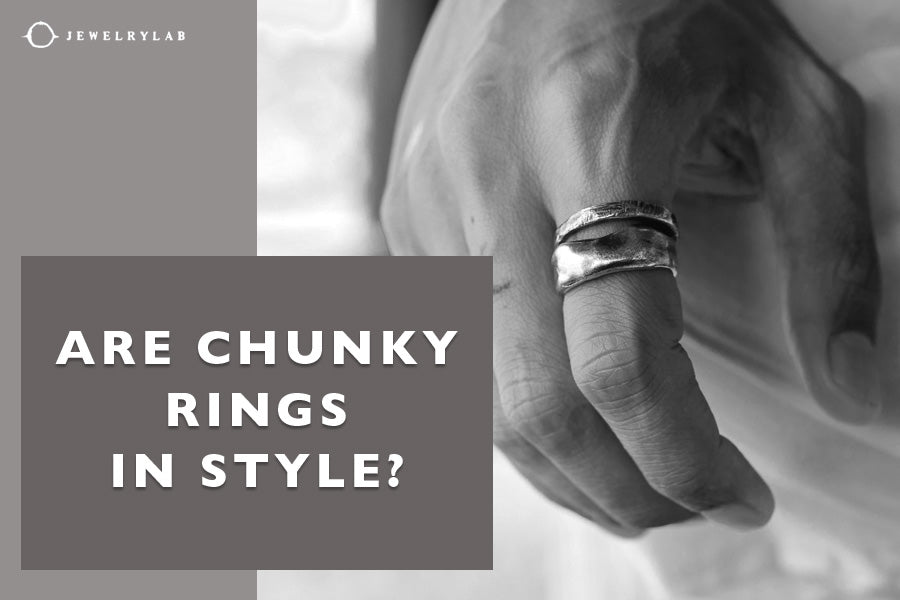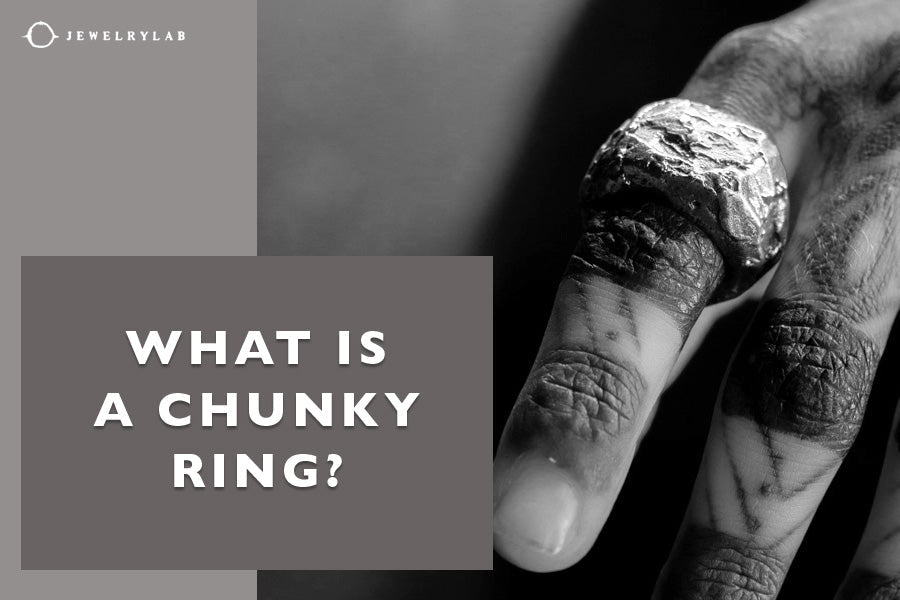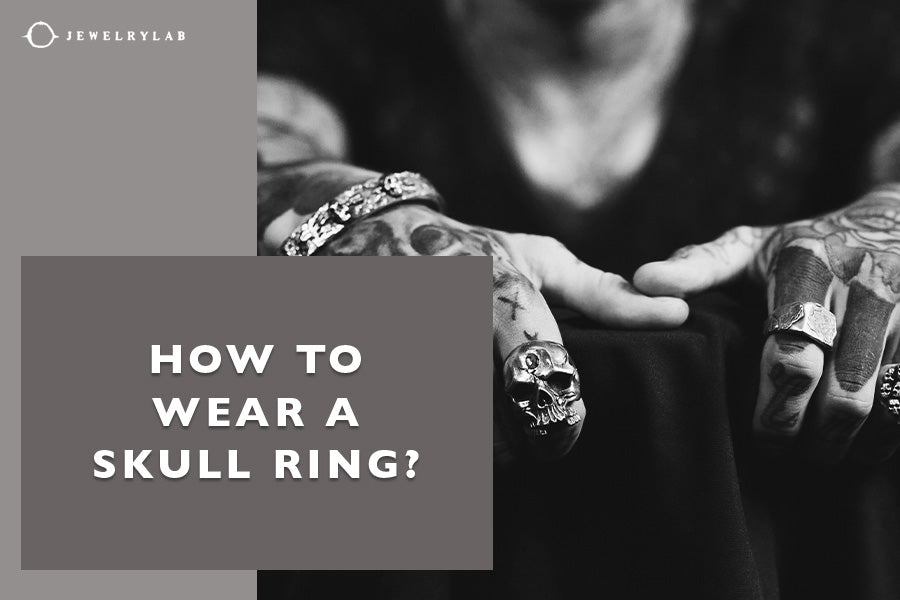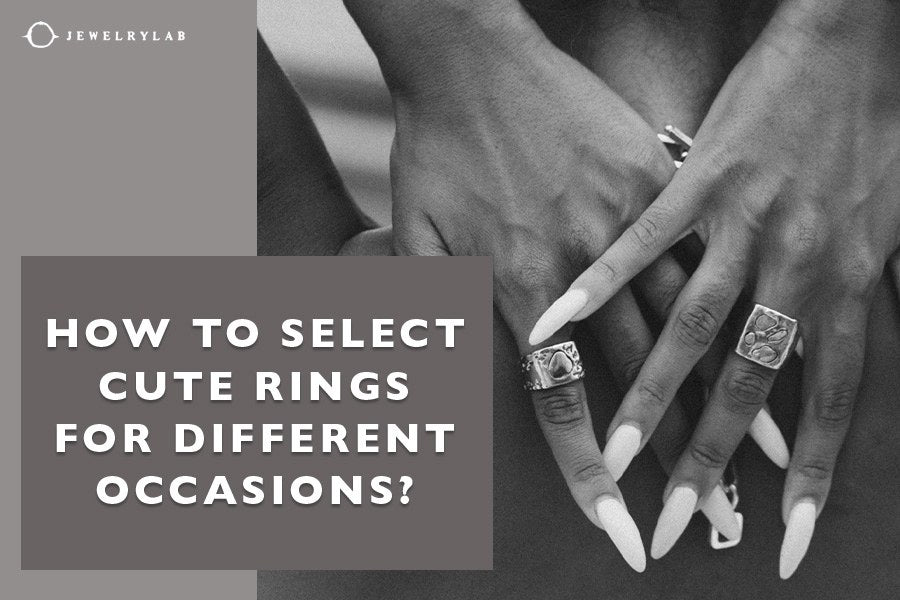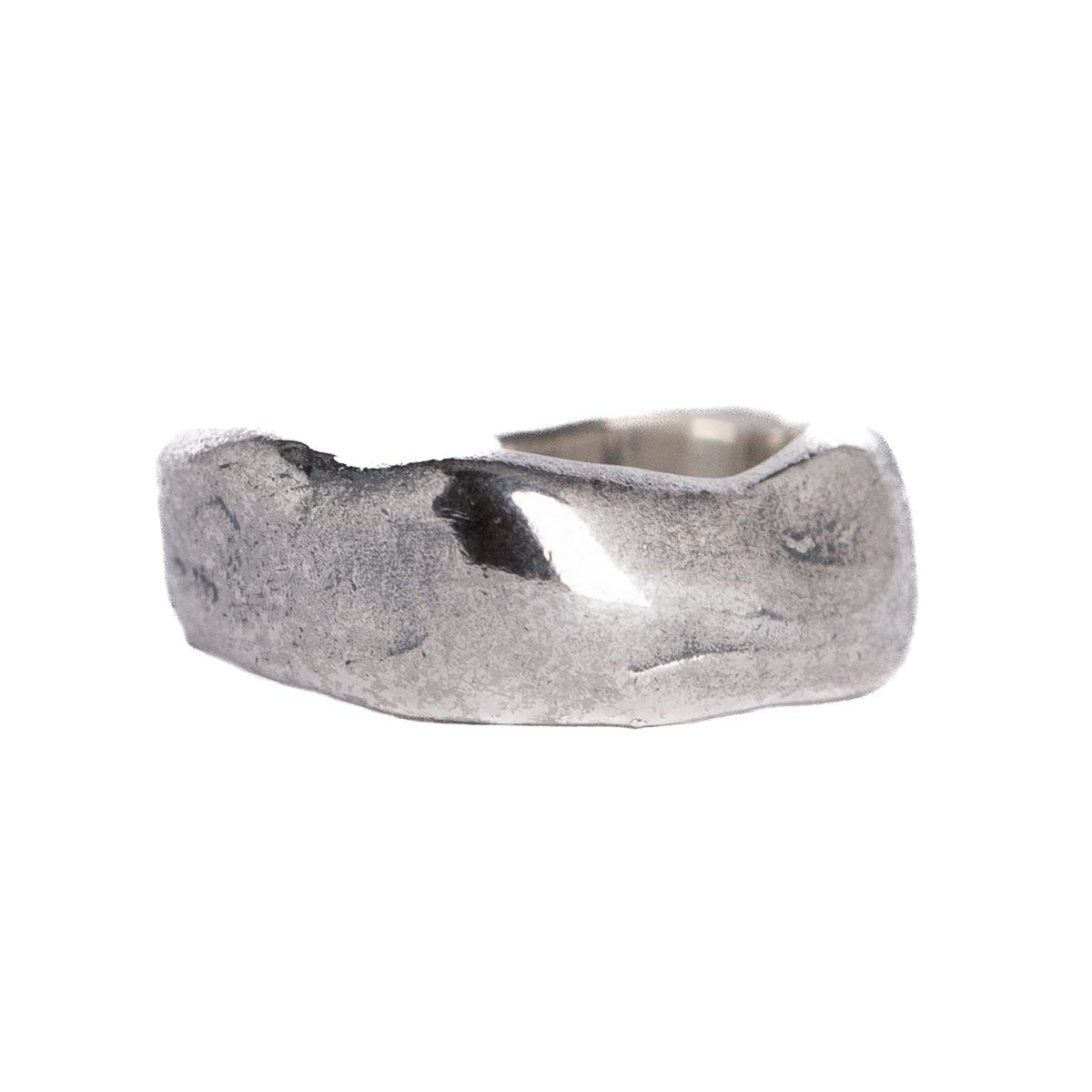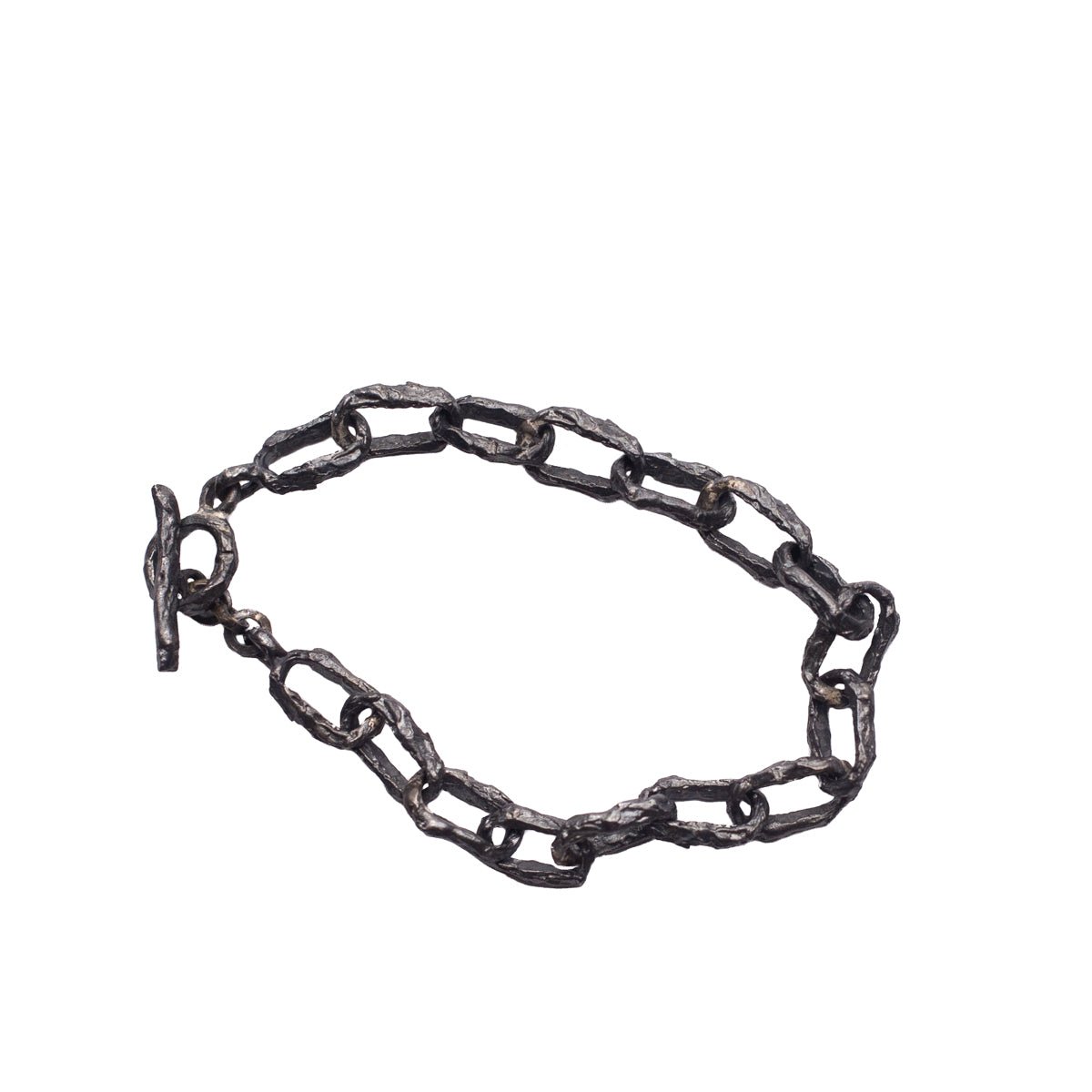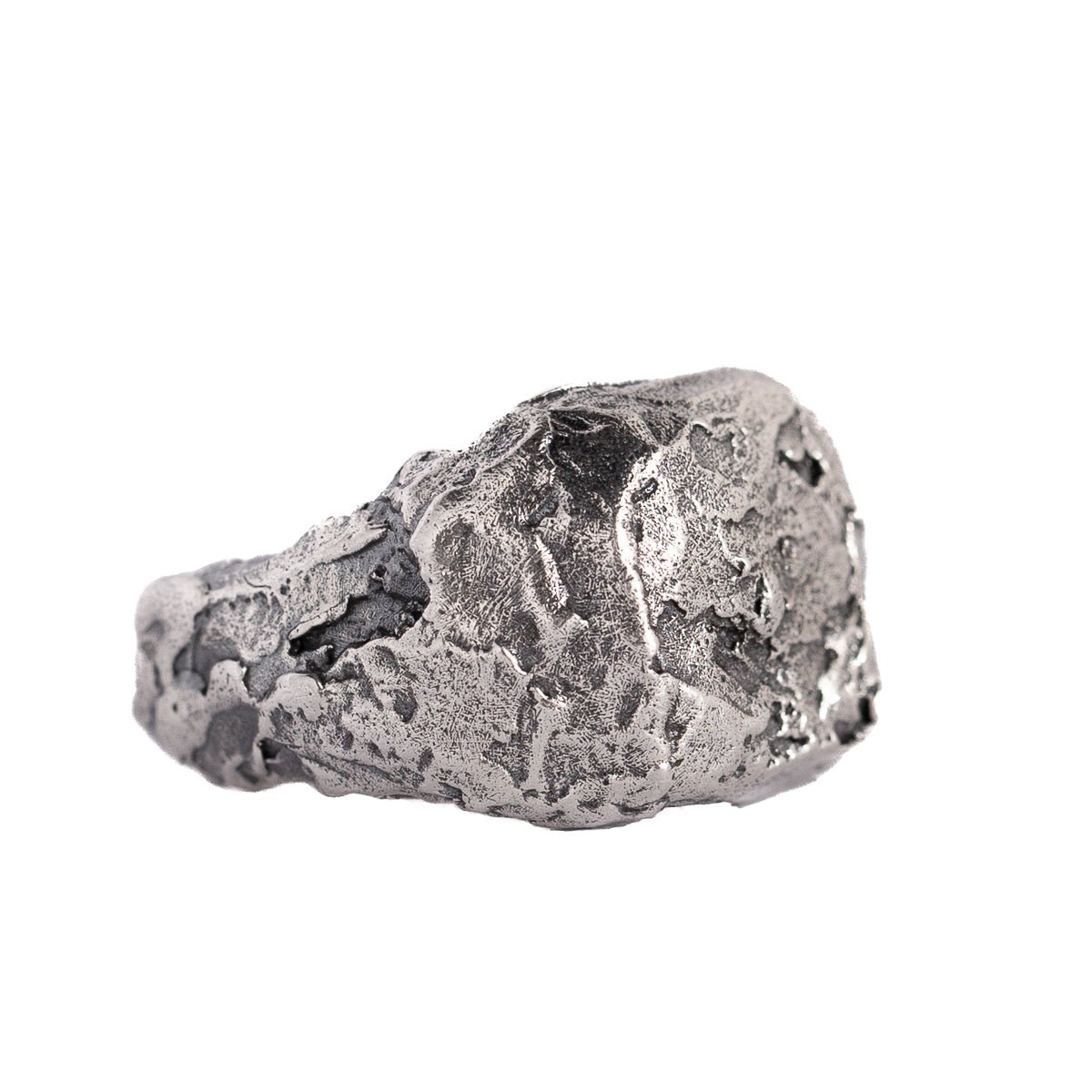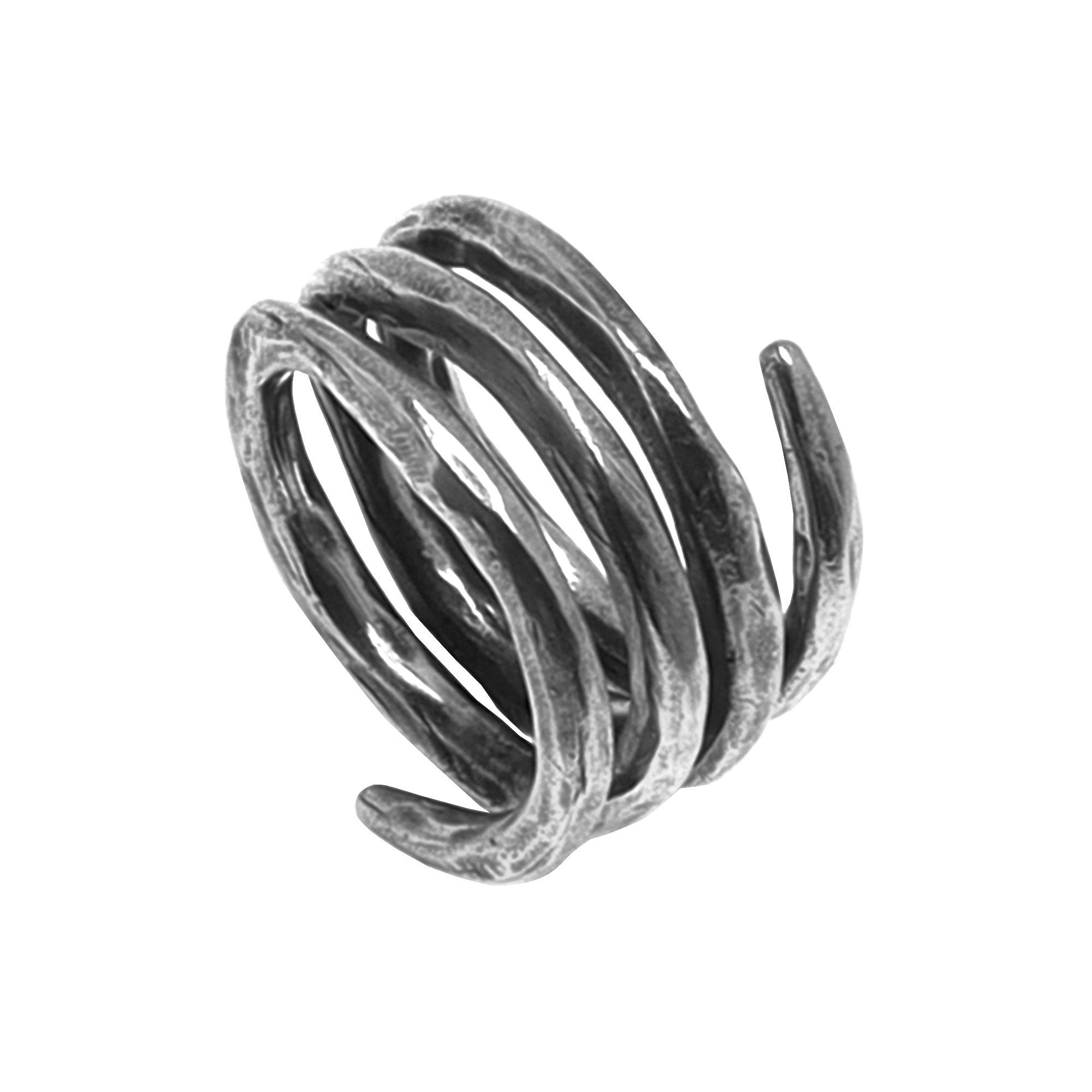by Jesús Zabala - 5 min read
What Are the Historical Origins of Skull Rings?
Skull rings are one of the most recognizable jewelry pieces associated with rebellion, freedom, death, and life. But what are the historical origins of skull rings, and what was their meaning? Nowadays, skull rings are widespread jewelry pieces.
They are often seen adorning the fingers of celebrities on the red carpet. People mostly wear them as fashion additions or statement pieces. While today the use of skull rings is not limited to any societal group, the same can’t be said in the historical context.
Symbols and meanings evolve and change. Some even carry different meanings across cultures and religions. So, let's see the historical evolution of the meaning behind wearing skull rings.

What Are the Historical Origins of Skull Rings
Many jewelry makers know about the origins and meanings of their creations. This helps them connect with the art they create.
So, if you are searching for a cool vintage skull ring to add to your jewelry collection, browse our handcrafted pieces. Our pieces allow everyone to find unique jewelry that matches their style.
Whether you are a biker, a rocker, or simply a fashionista, skull rings are likely a part of your ensemble. However, looking back at history, the popularity of skull rings is not a recent phenomenon.
Some of the earliest origins of skull rings date back to the Elizabethan era (1558-1603). After that, during the Victorian era (1837-1901), skull rings again gained popularity and a new meaning. As can be seen from historical trends, the popularity of skull rings is ever-evolving.
The Elizabethan era and skull rings
During the Elizabethan era, the skull ring gained notorious popularity. In this era, the skull featured on rings was "death's head skull." These rings were famous for their easily distinguishable design.
Elizabethan rings featured a skull with no jaw, representing rebellion, bravery, and toughness. Wearing skull rings in the Elizabethan era symbolized membership in the societal underworld.
With its jaw missing, this skull ring sent the message that the wearer is not a person to mess with. Skulls without a jaw are still used as symbols by groups like certain motorcycle gangs.
The Victorian-era skull rings
During the Victorian era, skull rings again became popular and carried several symbolisms. The most prevalent skull ring symbolism for the Victorians was mourning.
Mourning jewelry was especially popular in this era. Mourning jewelry inscribed with the dead person's birth and death date was worn by those close to them.
Therefore, many wore skull rings as a reminder of their morality, also known as memento mori.
Memento mori is a Latin phrase that translates to "remember you must die." It also served as a reminder of equality in death in a society ravaged by inequality and illness.
Skull rings in Mexico
Associated with the fleeting nature of life and mourning for Europeans, the skull was a celebration of life on the other side of the globe. Death was a cycle of life and rebirth in Mexico by the influence of the ancient Aztecs and Mayans.
In these cultures, skulls were powerful life symbols. Some members even pierce their skin with actual bones to wear as jewelry. Some skull rings discovered in Mexico feature gemstones.

The Skull Ring in Modern Times: Symbolism and Significance
In modern times, skull rings gained newfound popularity during the 1960s with the rise of the rock star. One of the most era-defining skull rings in modern times is the one worn by Rolling Stones' Keith Richards.
Keith Richards has worn his skull ring since the 1970s. The ring's design is like that of the Elizabethan era.
Rock stars, biker gangs, and the goth and punk subcultures adopted the skull symbol. Skull rings represent their rebellious nature and fascination with life's dangerous side. While skull rings are still linked with certain groups, everyone can wear them today.
In the modern day, skull rings are often designed with the following elements:
- Wings. Represent the freedom associated with freeing the dead from their physical form into the spirit realm.
- Crossbones. Symbolizes eternity, threat, or poison.
- Snakes. Symbolizes immortality and the afterworld.
- Butterflies. Represent the ever-changing nature of life.
- Crosses. Symbolizes humanity's beginning.
Bikers and skull rings
With the earliest formation of biker gangs in the 20th century, skulls became an intrinsic part of their image. Bikers, as the modern-day equal of pirates, have a skull as their crest.
All bikers have at least one skull ring on their finger. Skull rings also symbolize the protection of the bikers when they are on the road. The skull rings worn by bikers represent bravery and toughness.
Skull rings in gothic subculture
The gothic subculture revolves around esotericism, mysticism, and witchcraft. So, skull imagery is also adopted in it. Gothic skull rings have more intricate and sophisticated designs, often featuring gemstones.
Goths associate skull imagery with the occult to signify their connection with darkness and mysticism.
Pop culture, fashion, and skull rings
With the popularity of shows and movies like Sons of Anarchy and Pirates of the Caribbean, skull rings became popular even among mainstream society. Today, celebrities and regular people wear skull rings.
When it comes to fashion, skull rings don’t carry any certain symbolism besides looking cool. Some people even buy designer skull rings with gemstones and diamonds to express their expensive tastes.
Animal skull rings
Many cultures, such as the Celtics, believed that the head is the container of the sacred life force. This belief led to the practices of headhunting, skull worship, and preservation.
Unlike human skull rings, which represent death and mortality, animal skull rings give the wearer a sense of power over nature. For example, a ring with the skull of a bull with horns can represent strength and virility.
People wear animal skull rings instead of human skulls due to the meanings specific animals carry.

Frequently Asked Questions
Can everyone wear skull rings?
While people wore skull rings to convey intentional meaning in the past, today, it is more of a fashion accessory. This means everyone can wear skull rings without belonging to a certain subculture.
So, if you see a skull ring that you find appealing, feel free to buy and wear it.
On what finger should I wear a skull ring?
Generally, most people wear their skull rings on their index fingers. Some people wear a ring on their index finger because of its meaning. The index finger represents power, strength, and leadership.
Where you wear your skull ring depends on your taste. You can wear rings on whichever finger you want.
Is wearing skull rings evil?
Despite skull rings representing death, they are not evil. People in the past wore them to commemorate their lost loved ones. Even today, some people choose to wear rings as a symbol of mourning.
Conclusion
So, what are the historical origins of skull rings? While we can’t trace the exact date of the first instance of wearing a skull ring, the historical origins point to the Middle Ages. The height of their popularity stems from the early Elizabethan era.
In modern times, skull rings' resurgence began in the 1960s with rock stars and bikers. Today, anyone interested in fashion or rock music, or anyone who simply likes the appeal can wear skull rings.
-
DESIGNED & HANDMADE IN BALI
-
FREE RESIZING FOR EVERY PIECE
-
FREE SHIPPING ON $150+ ORDERS
-
100% SAFE & SECURE CHECKOUT

